Our Experience Developing the Whole Child
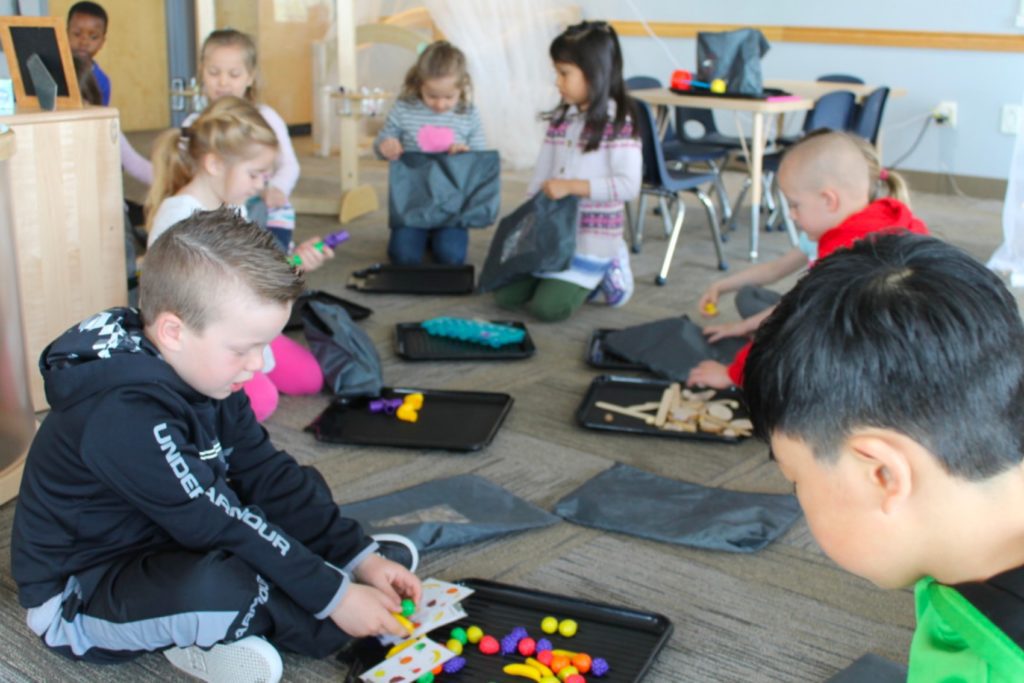
This week we’ve invited our partner Suzy Potts to share her own personal experience of introducing a whole-child approach in kindergarten. Suzy is the Coordinator of Early Learning at Red Deer Catholic Regional Schools in Alberta, Canada, where she supports teachers to implement The Creative Curriculum for Kindergarten.
What do we want for our children? Ask this question of anyone and the answers usually take on the flavor of something to the tune of
- to be happy,
- to be a lifelong learner, or
- to become a contributing member of society.
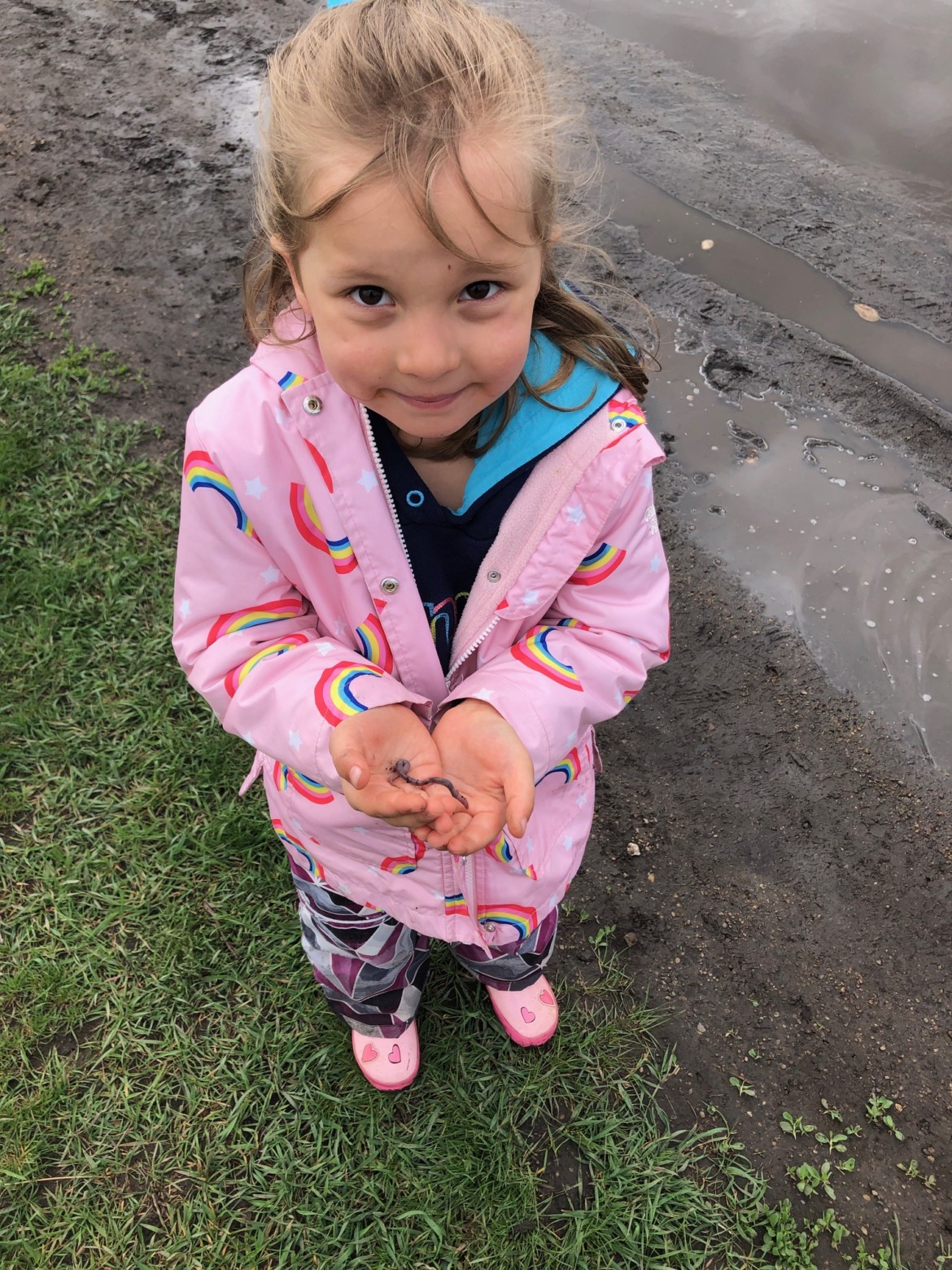
When looking at all of these answers it is easy to see that the focus and main goal for our youngest learners emphasizes happiness and functioning in a world beyond their school career. The question and balance for educators becomes one of how do we ensure that children are happy and driven to enjoy their school career, but still meet the need to educate children in an academic sense?
Whenever I look at programs that advertise to parents, whether it be child care, preschool, or kindergarten, there are words to describe the program that usually fall within the parameters of one of two areas: academic focus or play-based focus. It’s frustrating to me that these viewpoints are interpreted by many to be on opposite sides of pedagogy and that a disconnect has been created that separates the two ideas from each other.
Isn’t it possible to educate children with academic rigor while honoring their social–emotional needs in a developmentally appropriate way?
At the center of whole-child learning is a respect for honoring all areas of development for a child. Honoring who each child is, understanding what their strengths are and where they need to go next are important components for every teacher–child relationship and journey.
Some important considerations that we find in our programs that value the whole-child approach include the following:
Soft starts
The idea behind soft starts in our programs is to allow children to build relationships, to create an environment of trust, and to honor each child’s emotional needs. As adults, we often find ourselves starting our day by pouring a cup of coffee, checking our emails, and then starting into our work portion of the day. Children have this same need to ease into the day. When we think of the way children start a day, they often have been rushed out of bed, eaten breakfast in the car on the way to school, and arrived in a heightened state. Instead, if we take the first 10–15 minutes of each day to allow the children to enter the classroom environment in a non-rushed way, settle in with an open-ended task bag (small blocks, linking chains, etc.), and build relationships with the teacher and peers, the child’s emotional state returns to a level of readiness to learn. Investing this time to build relationships and settle the children pays off in big ways throughout the day when the children are regulated and feel safe.
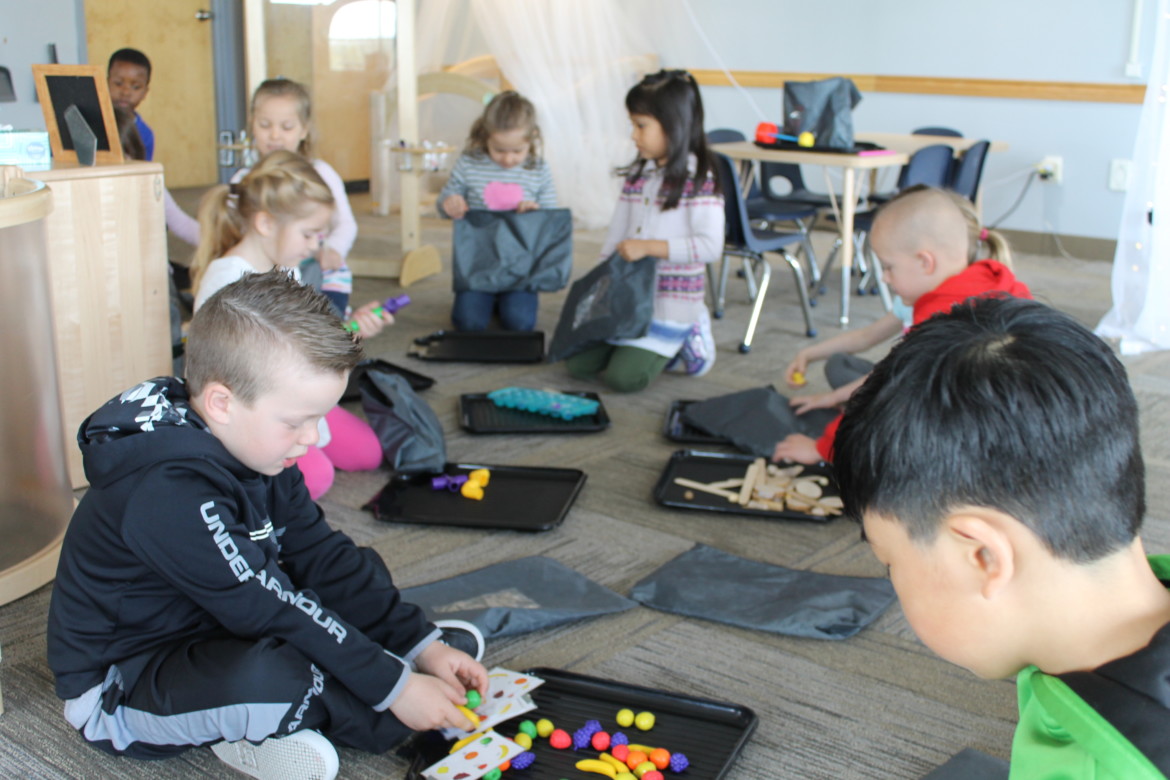
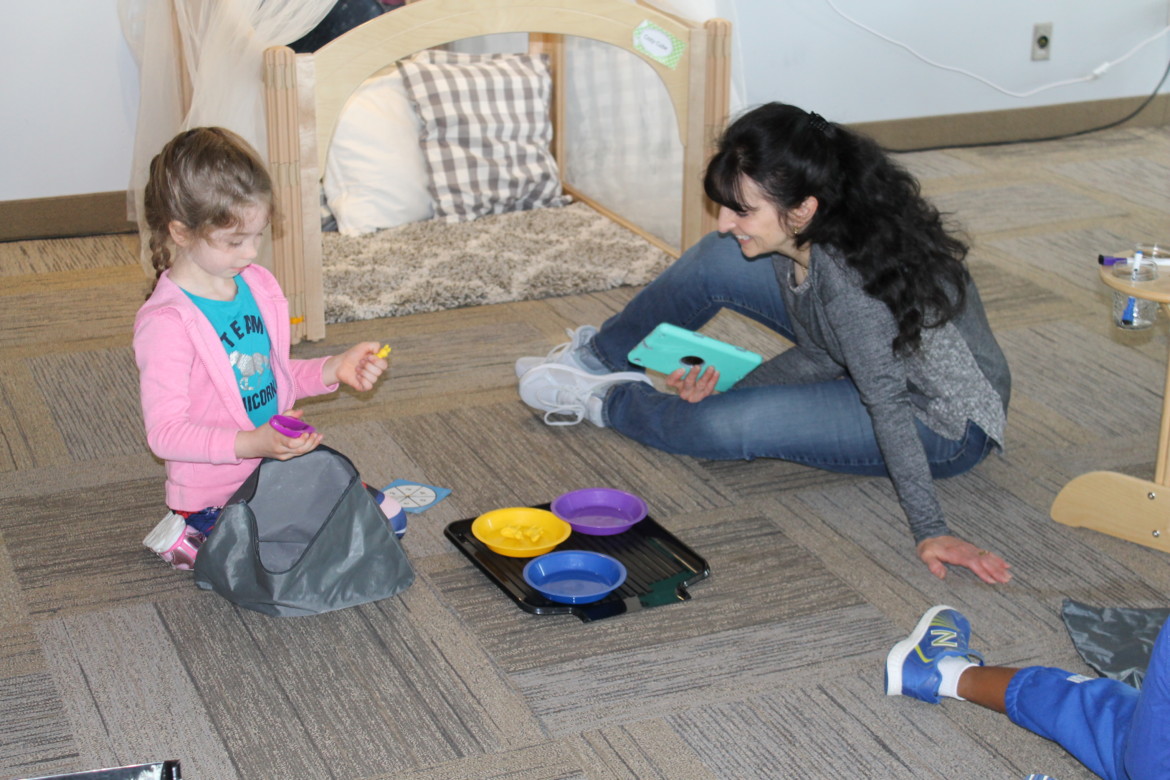
Family partnerships
Including the family as a partner in the journey with their child allows us to meet the child’s emotional and physical needs further than if we do not collaborate together. Offering opportunities for parents, guardians, and families to come to the classroom or community outings allows for this partnership to form. For those families that cannot engage in person, documentation using pictures and videos makes it possible to build that relationship and establish a level of trust. Celebrating small successes together as a team make everyone feel valued and that their work is contributing to the child’s growth.
Outdoor learning time
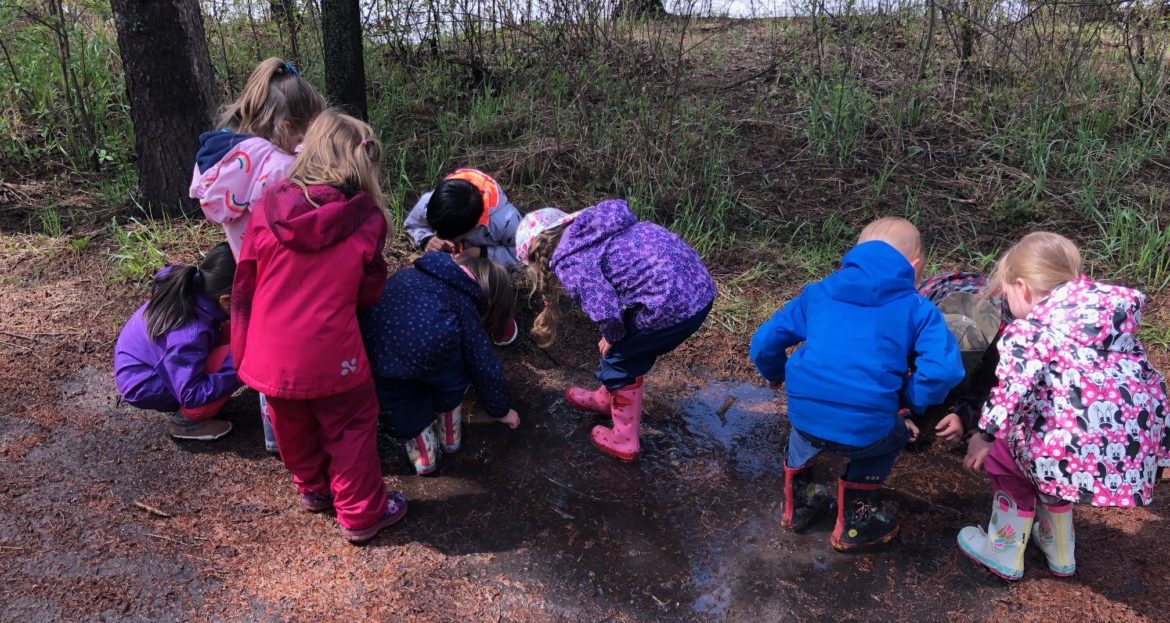 The outdoors press a reset button for a majority of children. The world offers so many natural experiences that cannot be offered in any other way. A bug may crawl by and onto a child’s hand. A puddle may call a child to jump into it. A tree may want to be climbed. All of these experiences promote language development, critical-thinking skills, personal boundary awareness, and engagement—skills that are essential for children to learn and be exposed to—in authentic ways. Using language such as “be aware…” rather than “be careful…” changes how children engage with their environment and allows them to make decisions that honor their personal boundaries. Taking the children outside whenever possible—in rain, snow, or sunshine—supports children to navigate different terrains like they so often will in life.
The outdoors press a reset button for a majority of children. The world offers so many natural experiences that cannot be offered in any other way. A bug may crawl by and onto a child’s hand. A puddle may call a child to jump into it. A tree may want to be climbed. All of these experiences promote language development, critical-thinking skills, personal boundary awareness, and engagement—skills that are essential for children to learn and be exposed to—in authentic ways. Using language such as “be aware…” rather than “be careful…” changes how children engage with their environment and allows them to make decisions that honor their personal boundaries. Taking the children outside whenever possible—in rain, snow, or sunshine—supports children to navigate different terrains like they so often will in life.
Uninterrupted, intentional free-choice play

Interrupting a child’s free-choice play to work on a teacher-driven task not only stops the language development and learning that was naturally taking place, it also breaks down the potential learning you want them to engage in fully with you because of their desire to return to the play they were enjoying. Instead, by having a time of day dedicated to intentional small-group learning and a separate time carved out for uninterrupted intentional play, you can spend more time engaging in play with children and fostering their relationships, vocabulary, and language. The relationships you build with children and the knowledge and skills they demonstrate during these free-play times will often surprise you.
Together, all of these areas—social–emotional, cognitive, and physical—make up a well-rounded child.
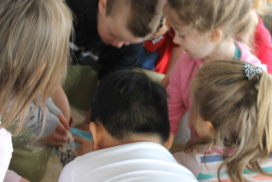
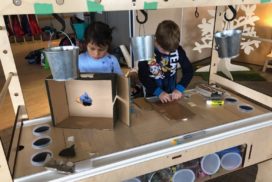
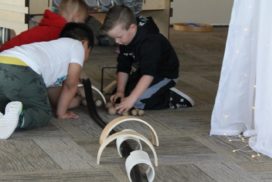 Honoring and basing instruction on these elements allow for a learning experience that is whole and complete for all. Some of the best advice I have ever been given is go slow to go fast. I find this to be so true when working with children, as we gain exponentially more when we honor who they are and what they need rather than pushing forward with our own agenda.
Honoring and basing instruction on these elements allow for a learning experience that is whole and complete for all. Some of the best advice I have ever been given is go slow to go fast. I find this to be so true when working with children, as we gain exponentially more when we honor who they are and what they need rather than pushing forward with our own agenda.
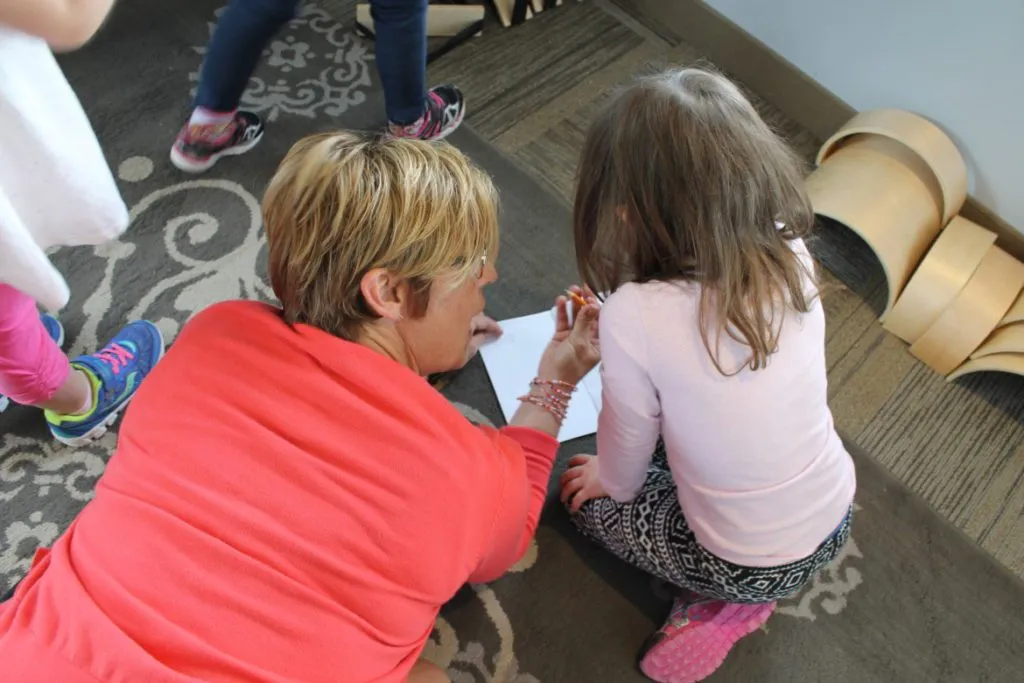
The whole-child approach in The Creative Curriculum promotes learning and thinking by being responsive to children.
Learn MoreAbout the Author: Suzy Potts
Suzy Potts is the Coordinator of Early Learning at Red Deer Catholic Regional Schools in Alberta, Canada, where she supports teachers to implement The Creative Curriculum for Kindergarten.